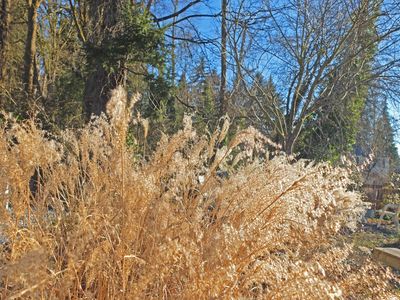Ornamental Grass Turning Yellow
Here are the most common reasons for dying ornamental grass in the landscape: Pests: Although ornamental grass isn’t typically bugged by insects, mites and aphids can be the reason why ornamental grass is yellowing. Both are tiny, destructive pests that suck the juices from the plant. Mites are difficult to see with the naked eye, but you can tell they’ve been around by the fine webbing they leave on leaves. You can see tiny aphids (sometimes en masse) on stems or the undersides of leaves. Mites and aphids are usually easily controlled with insecticidal soap spray, or even a strong blast from a garden hose. Avoid toxic pesticides, which kill beneficial insects that help keep harmful pests in check. Rust: A type of fungal disease, rust begins with tiny yellow, reddish, or orange blisters on the leaves. Eventually, the leaves turn yellow or brown, sometimes turning black by late summer and early fall. A severe case of rust may be to blame when ornamental grass turns yellow and dies. The key to dealing with rust is to catch the disease early, and then remove and dispose of affected plant parts. To prevent rust, water ornamental grass at the base of the plant. Avoid overhead sprinklers and keep the plant as dry as possible. Growing conditions: Most types of ornamental grass require well-drained soil, and the roots may rot in soggy, poorly drained conditions. Rot can be a big reason why ornamental grass turns yellow and dies. Similarly, most ornamental grasses don’t need a lot of fertilizer and too much can cause yellowing ornamental grass. On the other hand, a nutrient deficiency can also be to blame for ornamental grass turning yellow. It’s important to know the needs and preferences of your particular plant. Note: some types of ornamental grass turn yellow to brown towards the end of the growing season. This is completely normal.
